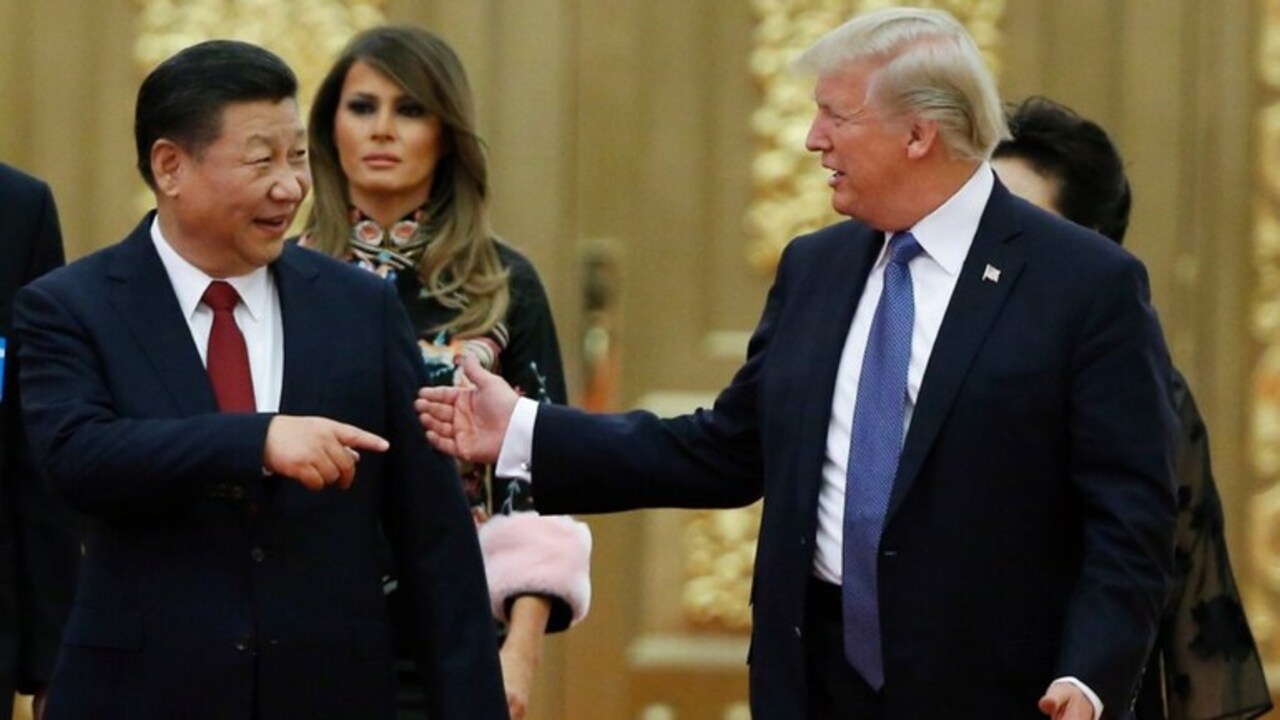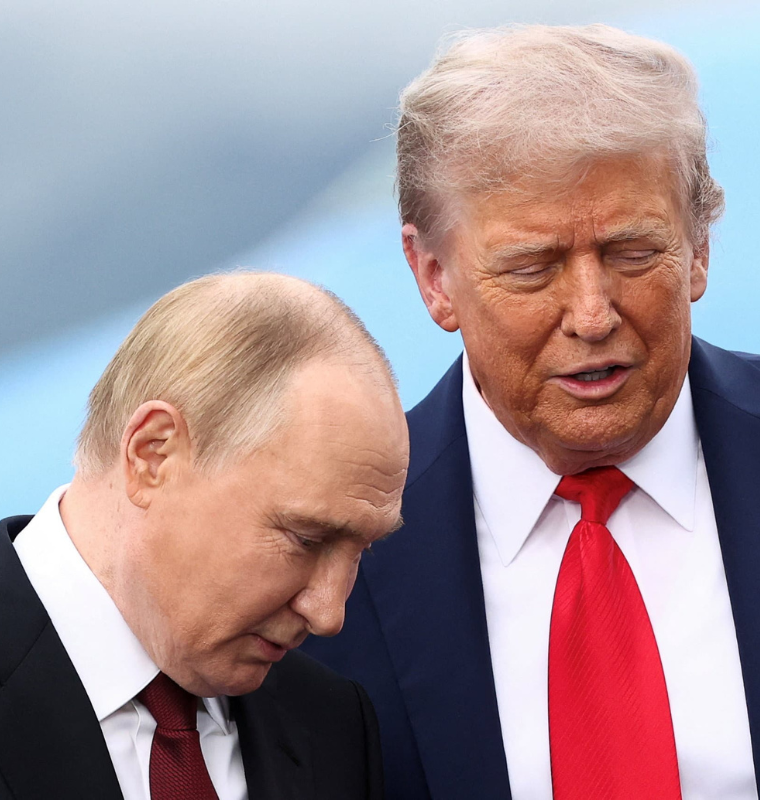Trump Signals Possible Cut to Fentanyl-Related Tariffs on China, Plans Talks on Agriculture with Xi at Summit
Trump Signals Possible Cut to Fentanyl-Related Tariffs on China, Plans Talks on Agriculture with Xi at Summit
By
David Goldfarb
Last updated:
October 29, 2025
First Published:
October 29, 2025

Photo: Moneycontrol
Opening Overview
As the stage is set for what could be a defining face-to-face meeting between Donald Trump and Xi Jinping this Thursday in Busan, South Korea, Trump announced that he expects to ease the 20 % U.S. tariffs tied to fentanyl-related imports from China. At the same time, he flagged agriculture—especially U.S. farmers—as a key agenda item in discussions, amid rising trade tensions, tech-battles and rare-earth mineral standoffs.
Tariffs and Fentanyl: What’s Changing
President Trump told reporters aboard Air Force One that he anticipates a reduction in the 20 % tariff the U.S. applies to Chinese goods linked to fentanyl trafficking. The intangible aim is to tie tariff relief to China’s crackdown on the chemical precursors that feed the U.S. fentanyl crisis. According to U.S. officials, this could reduce the tariff from 20 % to about 10 %, which in turn would lower the average tariff burden on Chinese imports from roughly 55 % to near 45 %.
The fentanyl crisis itself looms large: the U.S. has recorded hundreds of thousands of overdose deaths in recent years, with Chinese-origin precursor chemicals frequently cited as part of the supply chain. By linking trade policy to drug-trafficking controls, the Trump administration is applying commercial pressure to secure cooperation.
Farmers, Rare Earths and Agriculture in Focus
While the fentanyl tariffs dominate headlines, the agricultural agenda is equally significant. Trump made plain that “farmers” would be a major topic in the Xi meeting—indicating discussions on Chinese purchases of U.S. crops, soybeans and other commodities. China’s reticence to buy U.S. agricultural goods in recent years has hurt American producers: U.S. farm exports to China once accounted for roughly 25 % of some commodity markets for U.S. farmers.
In parallel, China’s potential implementation of export controls on rare-earth minerals remains on the table. The U.S. expects Beijing may delay or adjust export-curbing measures for up to a year, which would ease pressure on U.S. supply chains and tech manufacturers. Analysts say this rare-earth leverage is one of China’s most potent negotiating tools.
Technology, Threats & The Bigger Trade Deal Picture
Beyond fentanyl and farm issues, the summit carries weight across multiple fronts: export controls on high-technology, the spectre of 100 % tariffs that Trump had threatened to impose from 1 November, and the broader standoff in semiconductor, AI and supply-chain arenas.
U.S. negotiators report a “framework” has emerged which aims to avoid the full imposition of Trump’s threatened 100 % tariffs and to stave off full-on quotas or bans by China on rare-earth exports. If the summit produces tangible results, it could stabilise parts of the global tech-supply chain and restore at least a degree of predictability.
What’s At Stake for Both Sides
For the U.S., the key stakes include:
- Reducing illicit fentanyl flows and fatalities by forcing Beijing’s cooperation.
- Providing relief to U.S. farmers through renewed Chinese agricultural purchases.
- Preventing a deep supply-chain shock by avoiding Chinese rare-earth export bans or ramped quotas.
- Sustaining technological leadership by preventing China from gaining unrestricted access to advanced chips or AI hardware.
For China, the calculus involves:
- Maintaining leverage in trade talks by wielding rare-earth export controls.
- Gaining tariff relief or favourable access to U.S. markets by delivering meaningful cooperation on precursor chemicals and agriculture.
- Avoiding being boxed into relations where technology and trade are used as unilateral tools by the U.S.
Expected Outcomes and Watch-Points
Several outcomes may materialise from the summit:
- Trump could agree to lower the fentanyl-linked tariff to ~10 % from 20 %, conditional on China’s cooperation.
- China may pledge a pause or delay of its rare-earth export restrictions for a defined period (e.g., one year) as part of a broader deal.
- A renewed or extended trade-deal framework may be finalised that prevents the U.S. imposition of 100 % tariffs from 1 November and keeps bilateral trade from spiralling further.
- Agriculture remains a wild card: China may announce substantial purchases of U.S. soybeans, corn or other crops, which would provide immediate relief for U.S. farmers—but the scale and enforceability will matter.
- Technology controls—on chips, AI hardware, export licences—are unlikely to be fully resolved, but the summit may lay groundwork for more focussed dialogue.
In this high-stakes meeting between Trump and Xi, what is at play goes far beyond a single tariff or bilateral farm deal. The 20 % fentanyl-linked tariff is a tangible symbol of how trade policy is being leveraged for national-security and public-health goals. At the same time, China’s rare-earth control rights, its agricultural purchase decisions and its stance on tech-exports represent strategic levers that have global ripple-effects. If the leaders succeed in crafting a meaningful agreement, parts of the U.S.–China relationship that have grown increasingly brittle may find new footing—though both sides will leave with compromises. The coming days will reveal whether this summit becomes a turning point or simply another chapter in an ongoing rivalry.
Popular articles
Subscribe to unlock premium content
The Business Behind Handcrafted Japanese Knives That Sell for Thousands

How Calm Turned Bedtime Stories Into a $1 Billion Wellness Empire

The Rise of AI Digital Pets as a Billion-Dollar Fantasy

The Business Behind Handcrafted Japanese Knives That Sell for Thousands

How Calm Turned Bedtime Stories Into a $1 Billion Wellness Empire

The Business Behind Handcrafted Japanese Knives That Sell for Thousands









